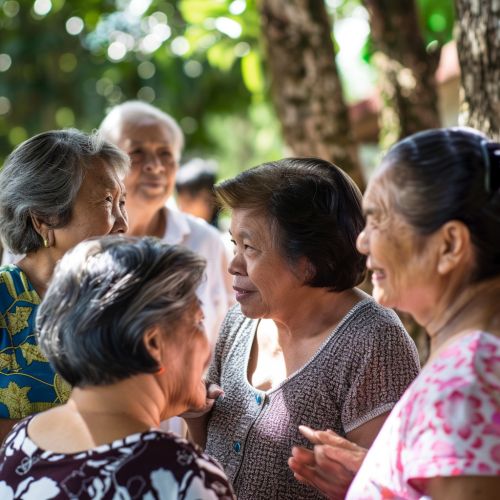Communication with Filipino Women
Understanding Filipino Women
Filipino women, also known as Filipinas, are a diverse group of individuals hailing from the Philippine archipelago. They are known for their unique blend of Asian and Spanish influences, which is reflected in their language, culture, and communication styles.


Language and Communication
The primary language spoken by Filipino women is Filipino, which is based on Tagalog. However, English is also widely spoken and understood, as it is taught in schools and used in business and government. Filipino women are often bilingual or multilingual, with the ability to speak various Philippine languages and dialects.
Communication with Filipino women involves understanding their unique blend of direct and indirect communication styles. They value respect and courtesy, often using indirect speech to avoid confrontation or to show respect, especially to elders and superiors.
Cultural Influences on Communication
Filipino women's communication styles are greatly influenced by their cultural background. The Philippines has a collectivist culture, where group harmony and cooperation are highly valued. This is reflected in their communication, where maintaining good relationships and avoiding conflict are prioritized.
Spanish influence, a result of over 300 years of colonization, can also be seen in Filipino women's communication. This is evident in the use of Spanish words and phrases, as well as in certain communication norms such as the use of courtesy titles.
Non-Verbal Communication
Non-verbal communication is an integral part of communicating with Filipino women. They use various facial expressions, gestures, and body language to convey messages. For instance, raising of eyebrows can signify recognition or agreement, while pursing of lips can be used to point direction.
Communication in Different Contexts
Communication styles can vary depending on the context. In formal settings, Filipino women tend to be more reserved and polite, using formal language and titles. In contrast, in informal settings, they are more relaxed and expressive, often using colloquial language and humor.
Challenges in Communication
While Filipino women are generally friendly and approachable, cultural differences can sometimes lead to misunderstandings. For instance, their indirect communication style can be confusing to those from cultures where direct communication is the norm.
Conclusion
Understanding the communication styles of Filipino women involves understanding their language, culture, and non-verbal cues. By being aware of these factors, one can communicate effectively with Filipino women, whether for personal, professional, or academic purposes.
